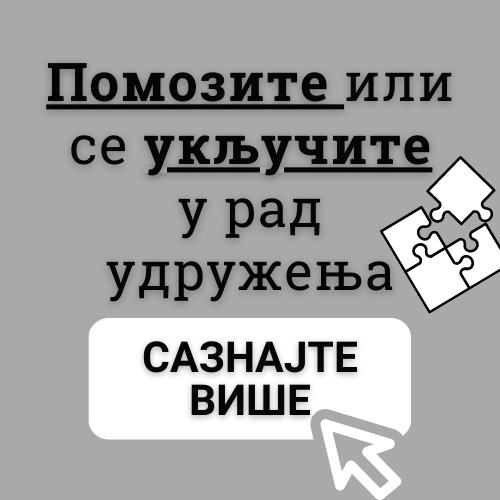After one part of her life, which you can only see in your worst nightmare, and during which she lost her husband and a five-year-old girl, after going through different camp and countless fights that seemed far from reality, the witness got to Italy into a Partisan base. Here she gave her statement to Captain Katalinić on September 8, 1945 in the office of the Section 5 of the Base Command (Rijeka Archives, SLANA, 8/1, 2, 3). Her accurate and clear statement caused me a lot of headache.
When I compared her statement to Dr. Radan’s I came across a lot of unclear issues that I could not surmount easily.
The tortured people, for example, were not able to distinguish dates, not even those when the first hope of returnig home appeared. Day was mixed with night, life with obvious death. It seemed that it fell into a bottomless pit at one point and then rising again in the other, only to rise into the atmosphere of blood and death. It was impossible to distinguish whether a light they saw was another date. Dr. Radan does not remember the date in August when he was boarded on a ship to be returned to Karlobag, because after that he spent some time in the prison in Gospić. Nada Feuereissen does not say on which Saturday they moved them from Metajna to Slana and into which of the camps. Did she find any men there and where those people she said were going to work Jews or Serbs? Dr. Radan says that he never saw any women or children during his stay in the camp. What does this really mean? This means that Ustashas were intensively emptying both camps, Serbian and Jewish, whether by killings or by minor evacuations in early August and after that they moved remaining women and children from Metajna to Slana. Were there any Serbian children? Now they killed as much of them as they could and few remaining transported to Gospić and beyond.
These are my conclusions about the Jewish camp.
The Serbian camp, according to statements, receives both women and children together at the time they killed people from Šibuljina (we do not have information for any others), which was in August. For a short time maybe Jews and Serbs were mixed here and what was left of them were taken to Gospić and then to Kruščica near Travnik.
Sonja Lukić, with whom I spoke in 1987 and who does not want me to write down her current surname, was with her brother and mother the only three people from Šibuljina that came back alive. She was a child so her impressions are that of a child, but had probably been consolidated with frequent reminders. She could say to me only one thing: “They took us first to Metajna on a boat. I remember that we spent one night there, but I don’t know where. I only remember that one old lady from some house gave me milk. The people around us cried as much as we did. The next morning they took us to Slana under some cave (at the beginning of Suha there are tall rocks). We were put in the camp together with the others. They were from Šibuljine and Bosnia, but we ended up in the Jewish camp so we did not see people from Šibuljina anymore. While we were in the Serbian camp among all those people, we were noticed by a friend of my mother, an Ustasha cook from Šibuljine. His name was Salvo. He took us to the Jews and gave us some food, and since there was a dysentery epidemic he also gave us lemons. I know that we lay on straws there. Children were given some water, but not the adults. I remember that there was a lady from Sarajevo with us by the name of Sara. She was from a family that had a grocery store. Mom and she talked how they would like to have some black coffee, because Sara remembered leaving around 200 kilos of coffee in the attic. Her children were getting ready for their prom night! That Ustasha managed to get us to Karlobag and put us in his house. He gave us two blankets that we kept with us until last year.”
Sonja Lukić stated that they had stayed in both Metajna and Slana altogether for a month. Nada Feuereissen said that they had left Pag in late August or early September. Zlatko Vajler said that they had been returned to Karlobag on August 21 or 22. This means that the date of the liquidation, which was first set on August 15, moves towards the end of August, which is in accordance with most indications which we use to complete this dark puzzle of reliable conclusions[23].
We need to finally hear the complete testimony of one of the key witnesses of SLANA camp, Nada Feuereissen:
[23] Šime Maržić gives us August 10, 1941


